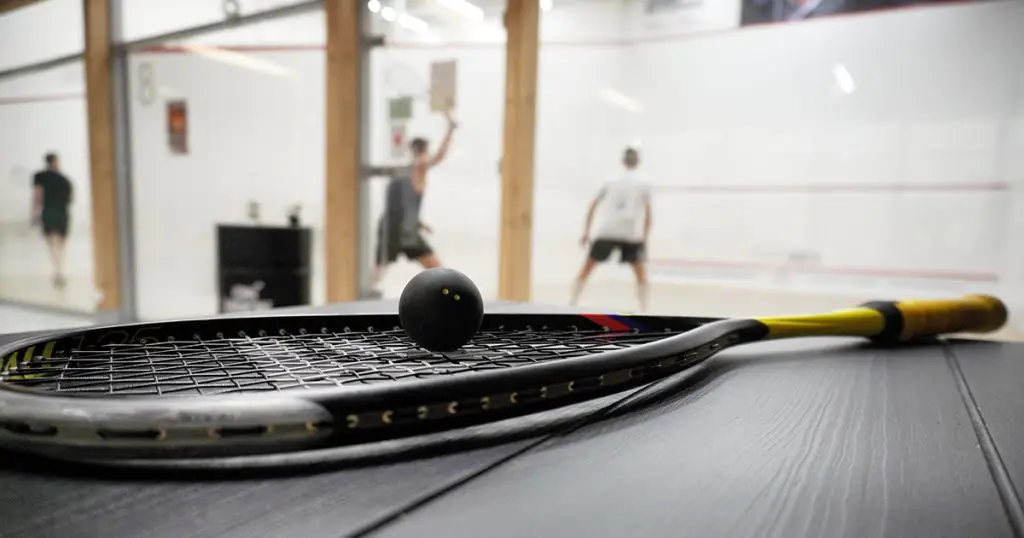21 January, 2017

Legal research is one tool lawyers use to solve a client’s legal problem or advance a client’s position. It is in fact very rewarding to watch your many hours of research be applied to a client’s legal issue. I witnessed firsthand the legal research that I completed help resolve a legal issue for a client and shape a client’s risk or liability assessment. I also particularly enjoy when a lawyer discusses a litigation strategy with me based on the research I carried out. This is all to say that legal research has real and direct implications on clients!
Consequently, the ability to effectively and efficiently carry out legal research is a key skill to grasp as a student. Aimlessly researching is not only ineffective, but it is not the best use of your time – especially when you have several files and tasks requiring your attention.
I religiously follow the guidelines below to help me successfully complete a research assignment:
Begin with a secondary source
My go-to for any research assignment is the CED (Canadian Encyclopedia Digest). A secondary source, like the CED, will provide the current status of the law, background information, and precedent cases. I also begin a research assignment with a secondary source because it provides me with a concise overview of the applicable area of law. This method will also help you avoid feeling overwhelmed when reading caselaw on an area of law you are not familiar with.
Furthermore, reading summaries on the CED or another secondary source will help you avoid reading an endless list of cases in order to understand the current law on the assigned topic and determine the leading case.
Review the legislation and cases
At this stage, I would review the legislation and/or cases – which would have already been identified in the secondary sources. The level of review and analysis of the caselaw should be in accordance with the level of depth the lawyer requested. I would also note up the cases, in order to confirm the case has not been overturned.
Apply the law to the facts
At this point you have a lot of information, now your job is to connect the dots. Meaning, apply the research to the facts of the client. It is important to clearly and concisely demonstrate to the lawyer how the law interplays with the client’s case or position.
Lawyers appreciate when you take the time to use your analytical skills to apply the research to the client’s problem, instead of providing the lawyer with pages of legal research.
I prefer to briefly lay out the law in the beginning of the research memo. Then, I spend a majority of the research memo discussing possible solutions for the client or avenues to advance the client’s position based on the research.
If the research does not favour the client’s position I then provide alternative solutions or piece together caselaw and/or legislation to form an argument in order to benefit the client.
Understand the research
Before submitting any research assignment, regardless how challenging it may have been, I make sure I grasped a good understanding of the research. On several occasions lawyers have asked me follow up questions or engaged in discussions with me regarding the research I completed. It would be difficult to have a follow up conversation if you did not understand the research you conducted.
Not only is legal research a method to help solve a legal problem, but as students we should take every research opportunity to absorb as much legal knowledge as possible!
Arifa Serter finished her articles at Harrison Pensa and is now a Partner with the Insurance Defence and Subrogation group at the firm.





